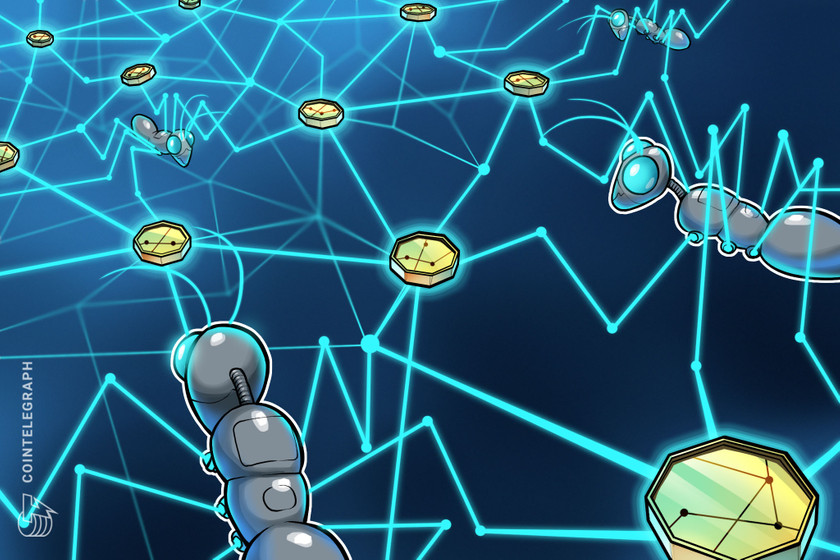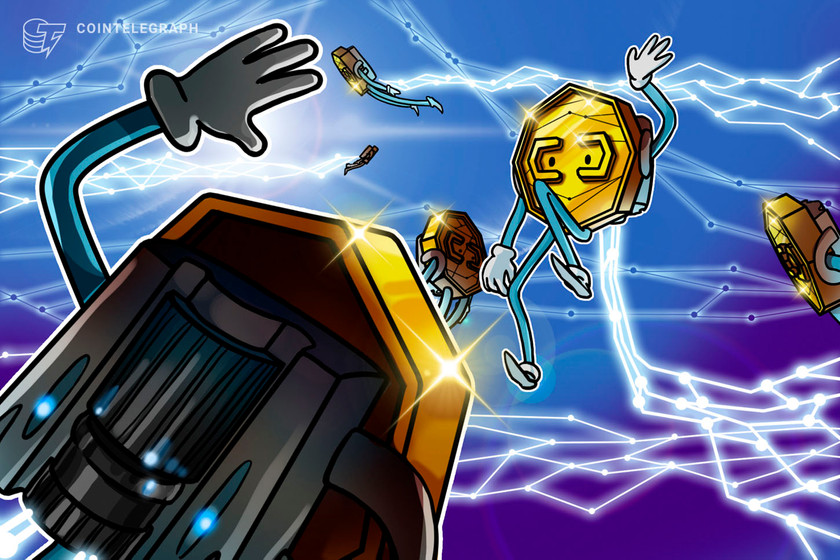The Ravencoin community continues to argue over what mining algorithm the project should adopt in the future to best deter ASICs, despite Ravencoin conducting a hard fork intended to bolster ASIC-resistance just five months ago.
Tron Black, Ravencoin’s lead developer, posted an update on Feb. 18 stating that “work is ongoing to test various alternative algos for mining Ravencoin.” He added that the campaign to change algorithms is being led by “a large contingent of GPU miners.”
“Several algos have been tried with benchmarking. Some will not work because they are too slow for validation,” Black continued.
The post also asserted that five “major features” had been activated on the security token platform’s main net during February, including messaging, dividends and restricted assets. The updates also saw RVN’s KYC tagging system go live.
Ravencoin versus ASICs
Ravencoin’s whitepaper, published April 3, 2018, advanced ASIC-resistance as a core utility offered by the project’s x16r mining algorithm – which was designed to “to prevent immediate dominance by mining pools, and future dominance by ASIC mining equipment.”
The document argued that ASIC-resistance is needed to “allow the mining rate to increase” and “gradually disburse [RVN] to holders that understand the value of the platform.”
Evidence suggesting that ASICs may have infiltrated the network first emerged during July 2019 when an article published on Medium purported to show that a single mining pool had come to accumulate 10% – 20% of mined blocks during Feb. 2019, before growing to dominate 30% – 40% of the network the following month. As of July 11, 2019, the mystery pool was mining 45% of RVN blocks.
Ravencoin hard fork
On Oct. 1, 2019, Ravencoin executed a hard fork to transition to its current x16rV2 algorithm. Despite not being intended as a permanent solution, the change was expected to thwart the presence of ASICs for the foreseeable future.
Despite the fork, concerns around the recurring dominance of unknown mining pools quickly resurfaced, including speculation that FPGA developers have sought to subvert the narrative in the development channels of the project’s Discord.
On Jan 30, 2020, Tron Black published a post declaring it was “evident” that ASICs were again mining Ravencoin. The post also outlined proposals for Ravencoin’s future ‘x16re’ algorithm, with a recent update indicating that RVN’s developers are currently exploring implementing progPOW into the mining algo.
Ravencoin listed on OKex and SFox
Despite the lack of a clear resolution to Ravencoin’s algorithm debate, the open-source project has seen increasing support from notable exchanges.
On Feb. 19, RVN pairings went live on OKex and SFox. Tron emphasized that the OKex listing would “bring awareness of Ravencoin to entire new segments of the globe,” adding that the exchange would be providing the marketing budget to promote the launch.
Okex’s RVN/USDT market has generated $586,000 worth of trade in the past 24 hours, ranking it the third-largest RVN pairing by daily volume according to Coin360.









